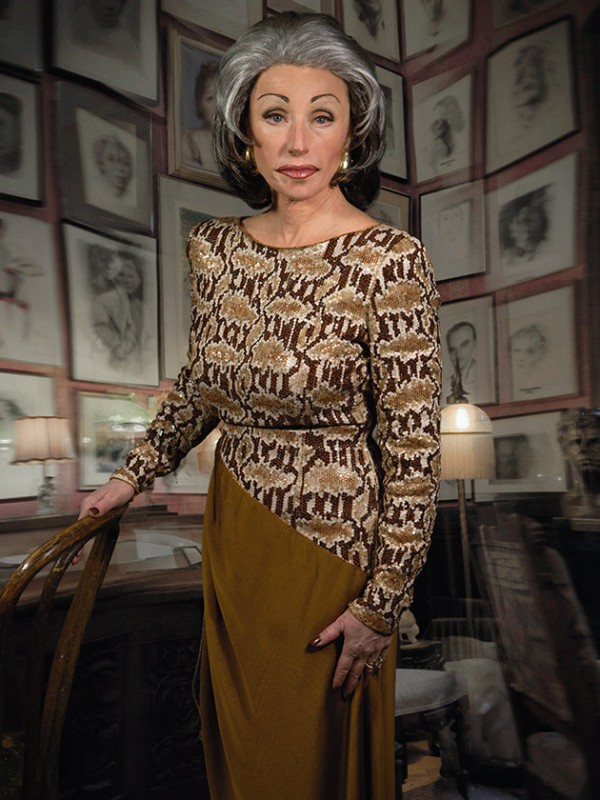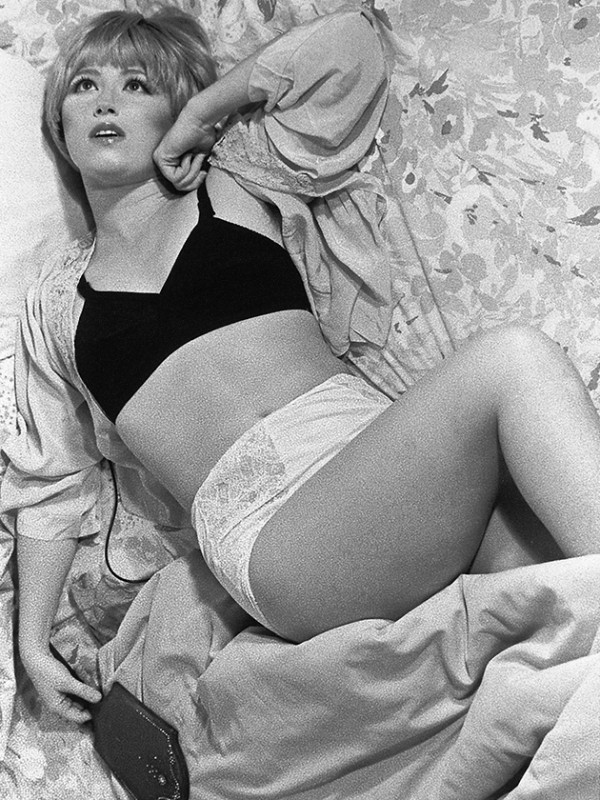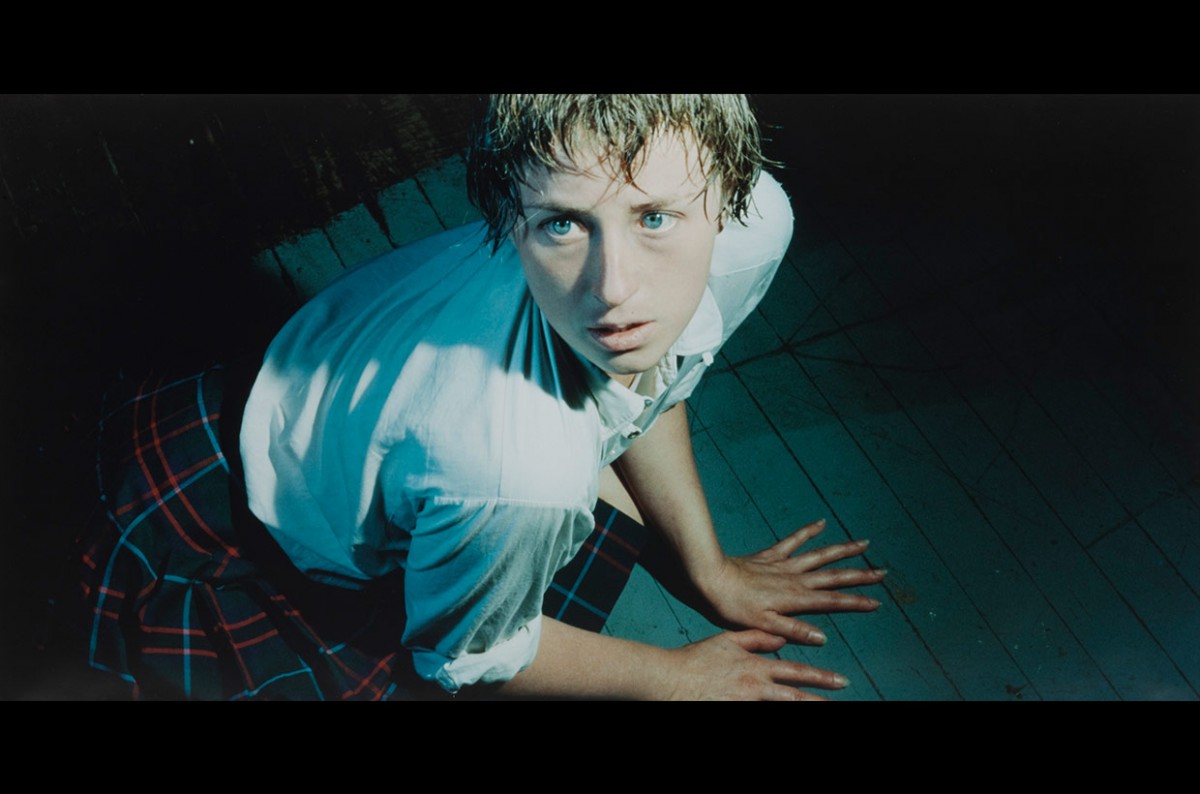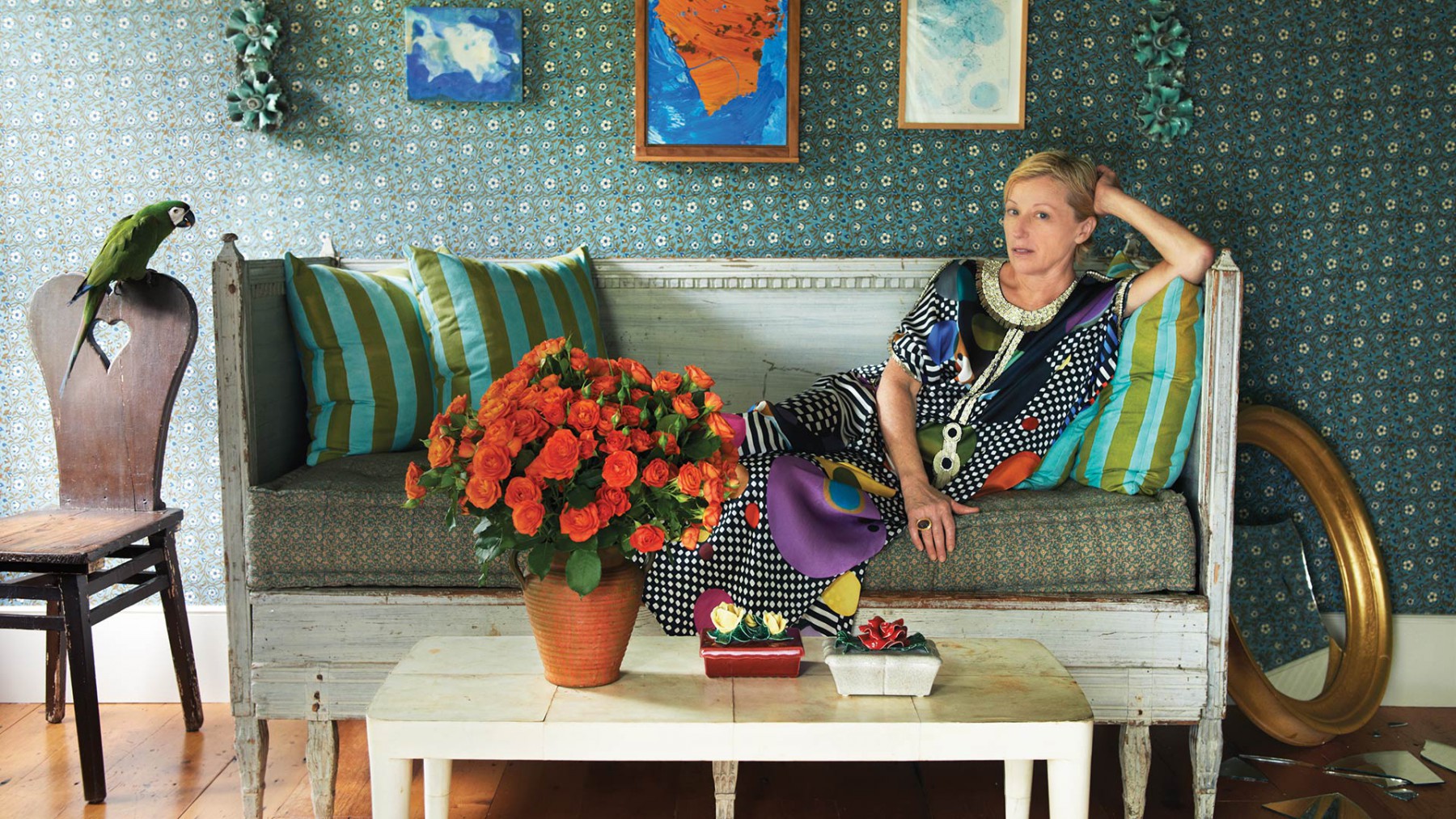Cindy Sherman – The Art of Disguise by Martin Tschechne | 5th October, 2014 | Personalities
A housewife, then a fitness instructor, a Native American, a grand old lady or a clown. For her works of art the American photographer Cindy Sherman slips into new characters every time, creating them with her own makeup and styling skills. Martin Tschechne art expert on the career and story behind one of the most successful contemporary female artists today.
Hooker and saint, innocent country girl and blow-up sex doll: Cindy Sherman has embodied them all. Pop star, battered housewife, grand old lady, daydreaming student and benevolent wet-nurse – the American artist even came back from the dead having posed as a murder victim. Two years ago, the New York Museum of Modern Art celebrated her distinct way of putting herself centre stage in her photos with a wide-ranging retrospective. The show traveled through the USA’s most important museums: San Francisco, Dallas, Minneapolis. Each opening was a festival of dressing up. Guests came in formal wear, decked out with jewelry and outrageously coiffed. They wore kimonos, turbans and tiger masks. One visitor even had bananas and grapes protruding from her cleavage…
Blond, slender and dressed all in black, Cindy Sherman stood in the middle of the lavish festivities. As usual, her face, devoid of makeup, left much scope for interpretation. An observer called her a “virtuosa of vanishing”. In January she turned 60, and is today one of the most influential, most famous female artists in the world. And certainly one of the most expensive: three years ago, one of her works from the “Centerfolds” series fetched 3.9 million dollars at auction house Christie’s – at the time, a world record for photography. The initial idea for the series had been inspired by the centerfolds depicting women as sex objects in men’s magazines, back in 1981. However, even some of her more recent works can easily cost a quarter of a million, for example at New York’s Metro Pictures gallery. Never before had MoMA dedicated such a big retrospective to a living female artist.
„If there is one thing I have always known, it’s that the camera lies.“ Cindy Sherman
Like many other little girls, Sherman started exploring the changeable nature of her own identity with the aid of a suitcase full of old clothes and a makeup case. But unlike many others, Cindy did not want to make herself more beautiful. She explored the possibilities that lay in the opposite direction. “I dressed up in order to look ugly, old or like a monster,” she says. Was it escapism? Back then, that was, without doubt, partly the case. Life as the youngest of five children, with some siblings who are almost 20 years one’s senior, can be quite lonely. Nevertheless, before she produced the “Untitled Film Stills” – the black and white stills of fictitious movies, with which she took the art world by storm in the late 1970s – there was still a whole lot of thinking to be done: about herself as a person, the effect she had and about outside influences. Why else would so many still feel that they recognize themselves and their own dream worlds in the 69 untitled scenes? After all, they were just insignificant moments evocative of insignificant old movies, and the woman resembling Audrey Hepburn or Sophia Loren in the pictures was always Cindy Sherman.
But other questions also begged to be asked. n what way does real life differ from an image of it? How can an image function as a role model? And really: what came first, the image or reality? The artist’s portraits inspired by renaissance and baroque paintings offer an insight into the methods she uses: Madame Pompadour; Savonarola, the preacher; Caravaggio’s Bacchus; or Botticelli’s Allegory of Spring. Bizarrely, the latter clutches the severed head of Holofernes, who himself is actually part of the biblical story of Judith. Everything is copied, imitative and pastiche. The artist herself thinks that this series is not her strongest. New York-based curator Eva Respini, however, cites it as a particularly unambiguous piece of evidence. To Respini the important thing is that Sherman does not study the originals to copy them accurately. Instead, she uses the images quite deliberately to distill her own pictures from them. They are copies of copies, fakes, talmi gold, superficial. The large nose is actually supposed to look fake; the breasts are meant to resemble rubber mock-ups. There are strong statements about our relationship to reality in all this. Faced with these, Cindy Sherman shrugs her shoulders. “I was always the kid who was watching TV while doing other things,” she says. “I knew right from the start that the camera lies.”
Her images are easily claimed by campaigners. Is the girl in a bed with rumpled sheets not a clear reference to a society which reduces women to nothing but mere sex objects? Isn’t the smudged lipstick a dramatic symbol for abuse and rape; the crumpled up newspaper page with the contact ads symbolic of dependence? How about the overly plump collagen-lips and cheeks; the fake shade of orange after overambitious tanning sessions? Women’s rights activists still debate whether Sherman’s revealing images have harmed or advanced their cause. Do the images represent an indictment? Do they confirm prejudices, or even encourage would-be perpetrators? Or do they strike a blow against the habitual, unthinking, sometimes even prurient subjugation of women in a male-dominated and male-defined world? Or do the brutal pictures of harm – both suffered at the hands of others and self-inflicted – only expose the general vulnerability of women? If so, they would be dangerous. Susanne Weingarten wrote in the “Spiegel” magazine that the artist was a “smart, gentle woman with a head full of provocative ideas,” while the New York-based professor of art history Kenneth Silver opined: “Cindy Sherman has the power to talk to the world.” For her own part, Cindy Sherman stays well out of all this. Rather than giving them titles, which could suggest an interpretation, she numbers her works of art. It is exactly this uncertainty which is designed to emanate from her work: the multi-layered entanglements of image and reality, the poses, gestures, staged scenes, clichés and illusions. In terms of her own – real – life, she would rather go dancing with friends, or retreat to her house in Sag Harbor, which is completely devoid of her works of art. “I know my images really well; I don’t always have to look at them,” says Sherman. “I’d rather look at pictures by other people.” The contrast between her work and her home, which was erected around 1840, could not be greater. As part of the renovations, Sherman had numerous walls removed and created open spaces, which now glow in cheerful colors or boast romantic flowery wallpaper. A few antiques, furniture from England or from a flea market in Paris, complete the country look. She says she does not want to have anything too valuable in the house, because visitors keep coming in from the beach with sandy feet. And the perfectionist would rather not have something to worry about… mt











